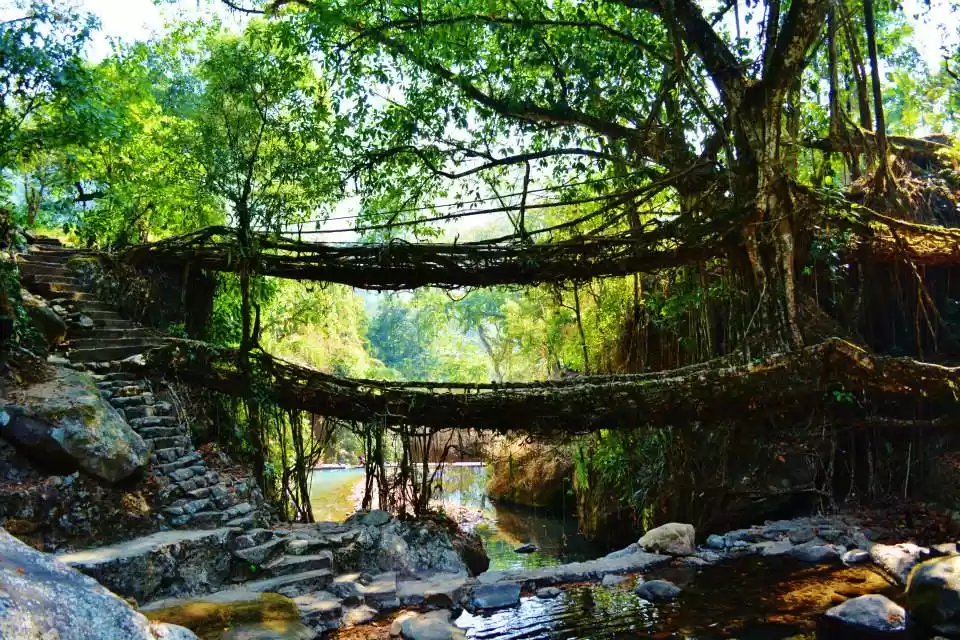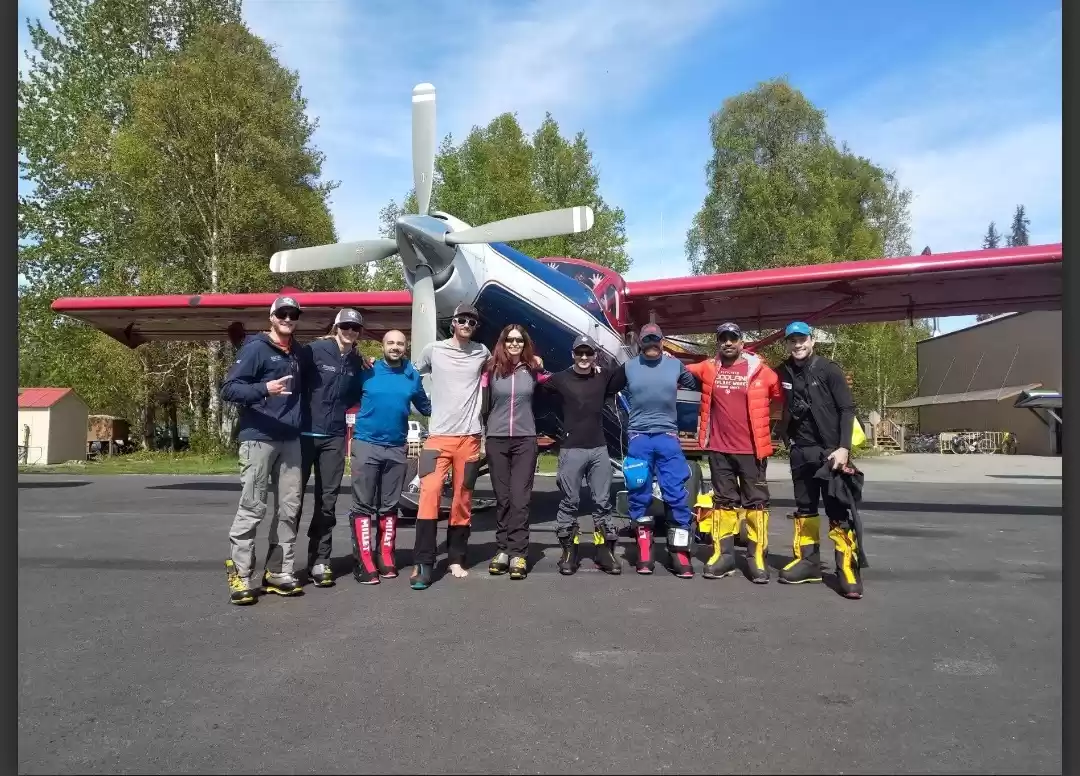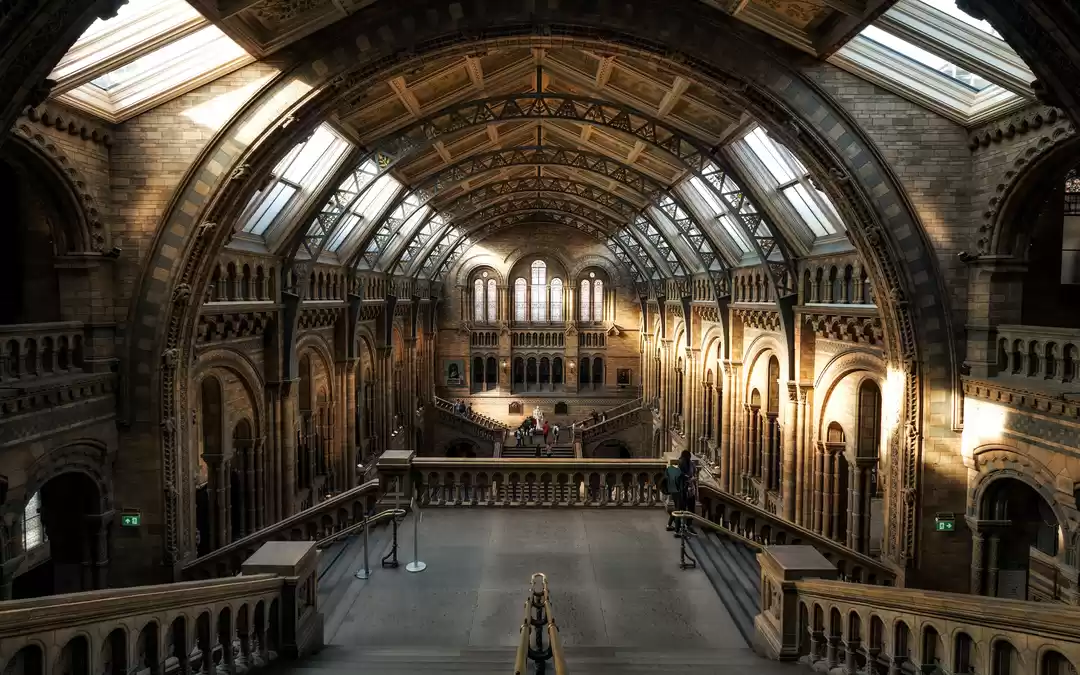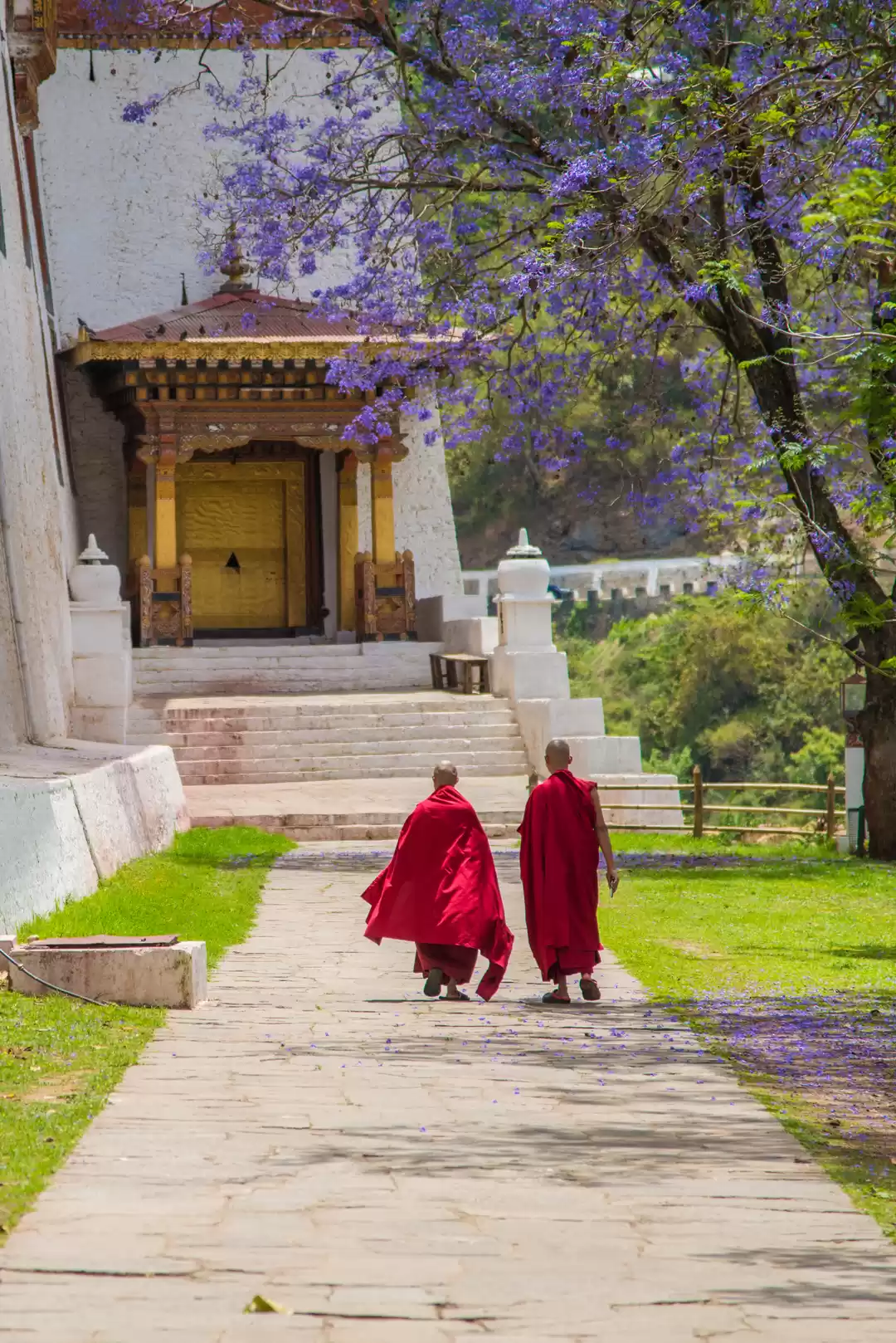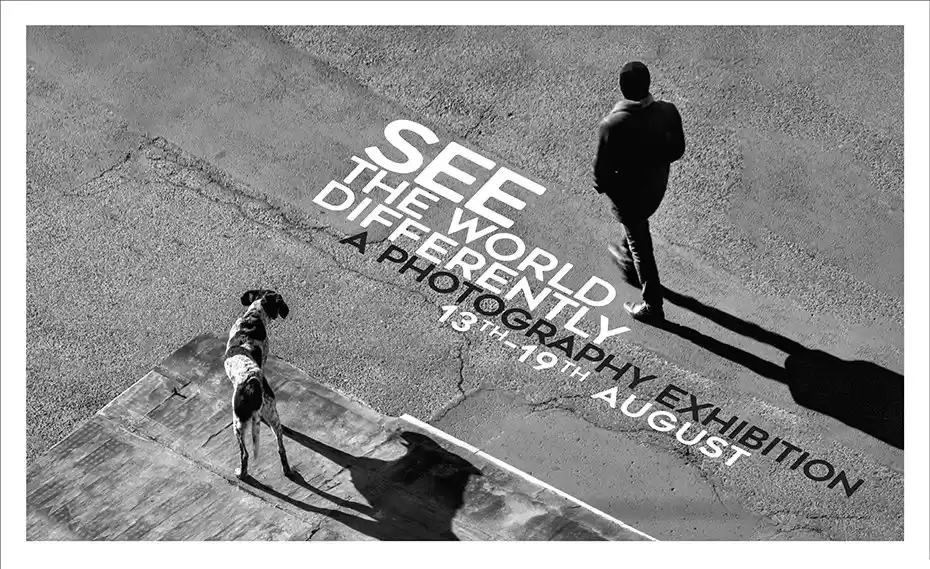Few directors working today are able to boast quite the same level of singularity in their work as Wes Anderson. From The Grand Budapest Hotel to Always at the Carlyle, his intricate world-building – and the imagination he invests into each brick from which they are constructed – creates a distinctive portfolio that feels both eerily familiar and far too beautiful to be truly authentic.
A new book compiled from photographs featured on the eponymous and highly popular Instagram photography account @accidentalwesanderson, seeks to capture rare moments when the artistry of those symmetrical, art deco doll house vistas crosses over into the real world, and draws the eye into a scene straight from one of Wes Anderson’s creations.
What is particularly interesting is the way in which the photographer has been able to inject new life into an old medium. The photography book – which stands at the genesis of the ‘armchair travel’ genre – has, in many ways, been made redundant by the newer, more immersive ways in which we tour the world without ever leaving our homes.
Now, with inspiration from Wes Anderson’s movies – one of those genres which wrote-off the need for photography books in the first place – the photography book has been revived in a new light. Read more below.

The World from Home
The translation of the ‘real world’ across new mediums remains an incredibly fascinating subject – one that grows more complex as art and the ways in which we perceive the world continue to evolve. Armchair travel itself, while once limited to the coffee table books and documentaries, represents an incredibly nuanced and creative medium.
The notion of being able to explore other corners of the globe from our homes – or, these days, wherever we are – is one that has been drawn into almost every area of life. From mobile games at Dogslots.com, which condense the classic glamour of the original gambling houses on the six inch screen, to Google Earth, armchair travel has long since graduated from a quiet, Sunday afternoon pastime to a genuine experience in its own right.
Essentially, we needn’t limit ourselves to one medium any longer; gaming, fashion, food, film and music all give rise to a deeper, more personal form of exploration from home.
The American Scene
In the case of ‘Accidentally Wes Anderson’, the line drawn between the real world and the fictional worlds we see on screen is further blurred, and a more traditional form of ‘armchair travel’ can be explored in a new light.
Anderson’s America – pastel and ageless, somehow familiar, eerily static against the eccentricities of the characters it houses – is a fantasy, but this new book reveals the ways in which reality and fiction can come together and create an entirely new medium for armchair travel. It can take us to other places, both real and imagined, like something between a movie and photo album.
Essentially, this new book proves that, in spite of the myriad ways in which armchair travel has evolved via technology – and the creativity that technology unlocks – there is yet more to be done with the original medium. We can return to the classic ‘photography book’ with fresh inspiration, derived from modern creatives’ unique spin on the genre, and the world at large.
The scenes in Accidentally Wes Anderson, which was released on the 29th October this year, allow us to consider a new form for armchair travel – one which draws on both the history of the genre, and the ways in which it has evolved over time.






